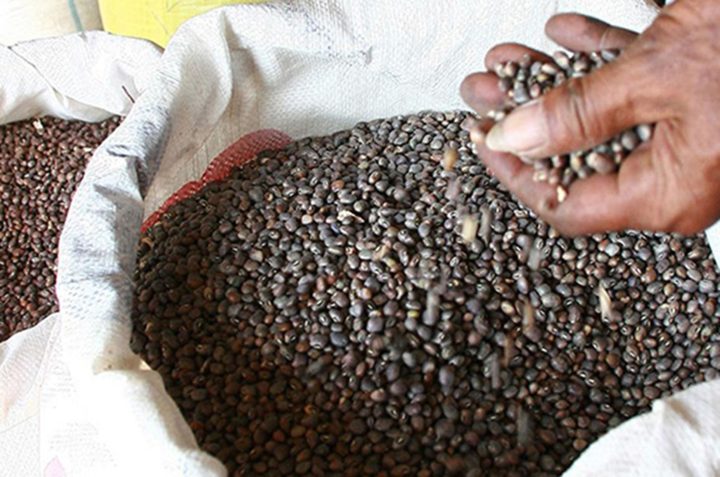The price of pigeon peas bounced back to over K1.9 million per tonne after a one-month fall.
On 1 January, the pigeon pea fetched K1,755,000 per tonne in the domestic market, whereas it climbed to K1,930,000 per tonne on 1 February.
The figures indicated an increase of K175,000 per tonne.
The price is positively related to the Kyat-US dollar exchange rate, India’s policy on pulses and its demand, traders pointed out.
The hard currency is exchanged at K2,860 in the unofficial market. In August 2022, weakening Kyat to K4,500 against the US dollar drove the pigeon pea price up to K2.12 million per tonne.
At present, India needs to meet its consumption requirement for pulses so the demand has risen again, traders elaborated.
Additionally, India notified on 28 December that the free import policy of black gram (urad) and pigeon pea (tur) extended up to March 2024, making the exports stagnant, traders pointed out.
New pigeon peas are flowing into the market at present.
Myanmar bagged over US$1 billion from to export more than 1.3 million tonnes of pulses over the past ten months in the current financial year 2022-2023 (April-March). Of them, pigeon pea export earned $115.051 million from 146,358.152 kilogrammes, the Ministry of Commerce’s statistics showed.
Myanmar primarily exports black gram, green gram and pigeon peas. Of them, black gram and pigeon peas are mainly sent to India while green grams are shipped to China and Europe.
India has growing demand and consumption requirements for black gram and pigeon peas. According to a Memorandum of Understanding between Myanmar and India signed on 18 June 2021, India will import 250,000 tonnes of black gram and 100,000 tonnes of pigeon peas (tur) from Myanmar for five consecutive years from 2021-2022 financial year to 2025-2026 FY. This G-to-G pact will not affect the pulses’ annual quota set by India. Myanmar’s exporters are also entitled to deliver the pulses to India under that annual quota.
Myanmar yearly produces approximately 400,000 tonnes of black gram and about 50,000 tonnes of pigeon peas. Myanmar is the top producer of the black gram that is primarily demanded by India, while pigeon peas, green grams and chickpeas are cultivated in Australia and African countries besides Myanmar. — NN/EM
Pigeon pea price regains to above K1.9 mln per tonne
- February 03, 2023
- 592














